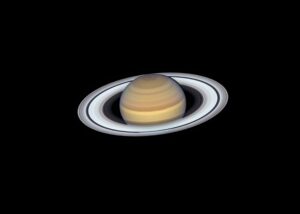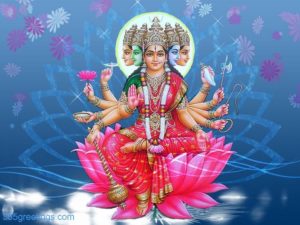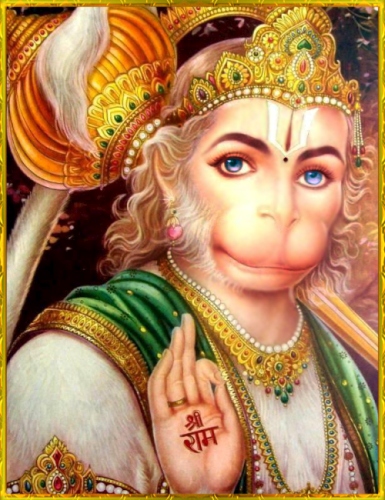 Sant Kabir Jayanti is observed on the Purnima or full moon day in the month of Jyeshta (May – June) as per traditional calendar. In 2022, the date of Sant Kabir Jayanti is June 14. This month’s Full Moon is in a somewhat precarious position, gandanta, the boundary between water and fire signs. This occurrence frequently presents somewhat knotty problems.
Sant Kabir Jayanti is observed on the Purnima or full moon day in the month of Jyeshta (May – June) as per traditional calendar. In 2022, the date of Sant Kabir Jayanti is June 14. This month’s Full Moon is in a somewhat precarious position, gandanta, the boundary between water and fire signs. This occurrence frequently presents somewhat knotty problems.
Read more
![]()

















